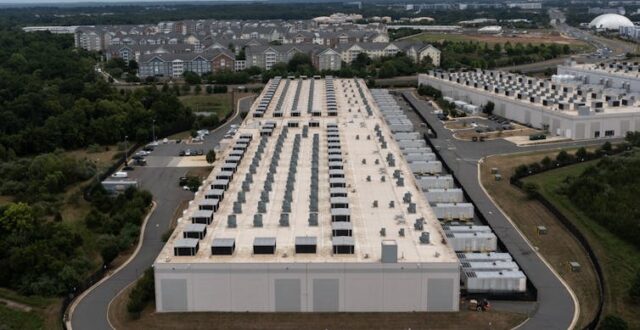DNS, often described as the internet’s phone book, translates human-friendly domain names like amazon.com into the numerical IP addresses that computers use to communicate. When DNS fails, it’s like having the right address but no way to find the street. This seemingly invisible system is the linchpin holding much of the web together.
The AWS outage on October 20, 2025, wasn’t a server-down scenario. Instead, a timing bug in the software managing AWS’s DNS system crippled its ability to translate domain names, as reported by Ars Technica. This meant that even perfectly healthy websites and services hosted on AWS became unreachable, impacting everything from Zoom calls to smart beds.
The sheer scale of the outage underscores the delicate balance between convenience and resilience in the modern internet. Services that relied on AWS-managed DNS, even indirectly, were collateral damage.
Decentralization vs. Centralization
Originally, DNS was designed to be decentralized. Each domain owner, like google.com, manages its own DNS entries. When your device needs an IP address, it queries a DNS server, which might ask others until the correct server is found. This distributed design was meant to prevent single points of failure.
However, the rise of cloud providers like AWS, the largest cloud provider, has quietly shifted the internet towards centralization. Companies often outsource DNS management to their cloud providers for efficiency, creating a single point of failure if the provider’s DNS system falters. As Doug Jacobson from Iowa State University points out, this creates a “resilience debt,” invisible until a crisis.
The AWS incident isn’t the first time DNS has been targeted. In 2002, a denial-of-service attack attempted to cripple the entire DNS system by overwhelming the root servers, as documented by CAIDA. While five of the 13 root servers were knocked offline, the system ultimately survived, demonstrating its inherent resilience – to a point.
A more recent example is the 2016 distributed-denial-of-service (DDoS) attack on Dyn, a major DNS provider. As detailed by KrebsOnSecurity, tens of thousands of compromised devices flooded Dyn’s servers, rendering major sites like Twitter, PayPal, Netflix, and Reddit inaccessible for hours. Again, the websites were operational, but users couldn’t find them.
“The lesson is not that DNS is weak, but that reliance on a small number of providers creates invisible single points of failure.”
DNS failures have implications far beyond e-commerce and entertainment. Banks, election reporting systems, emergency alert platforms, and even AI tools rely on DNS. Disruptions, even brief ones, can have serious consequences.
As organizations increasingly outsource DNS and hosting, they risk prioritizing convenience over resilience. The internet was built to withstand partial failures, but modern economic forces are concentrating risk in ways that its original architects sought to avoid, as noted in Fast Company.
The AWS outage serves as a stark reminder that DNS is critical infrastructure and should not be treated as an afterthought. Resilience needs to be a deliberate design principle, not a forgotten detail.
The reliability of DNS ultimately determines whether the internet functions at all. As technology advances, ensuring the stability and security of this foundational system is paramount. The future of the web depends on it.





